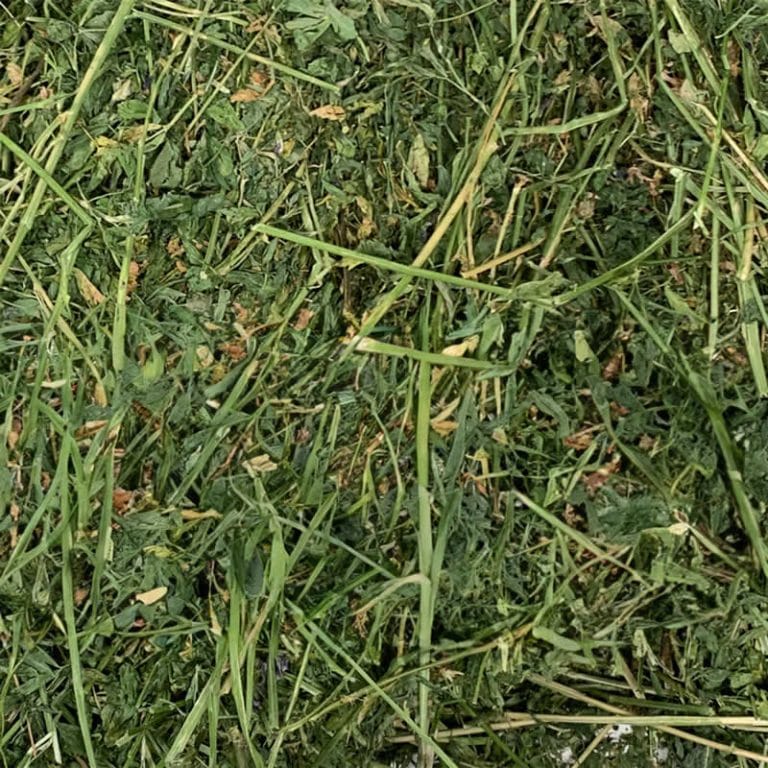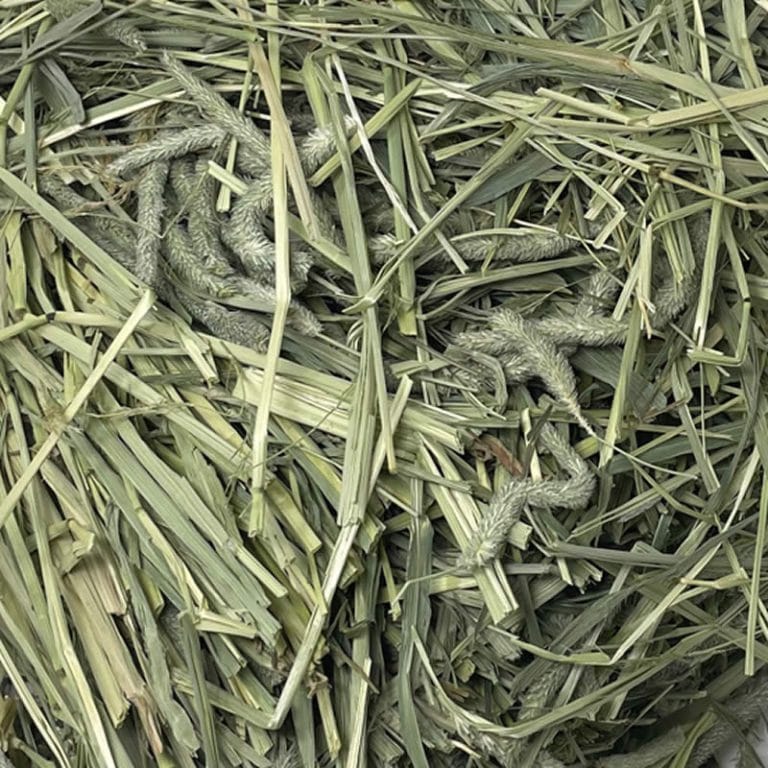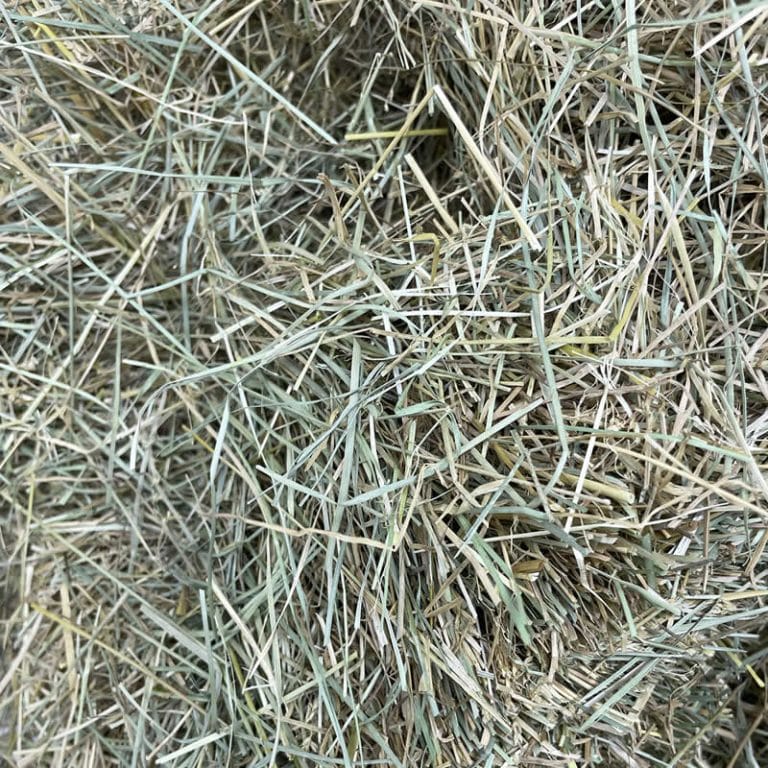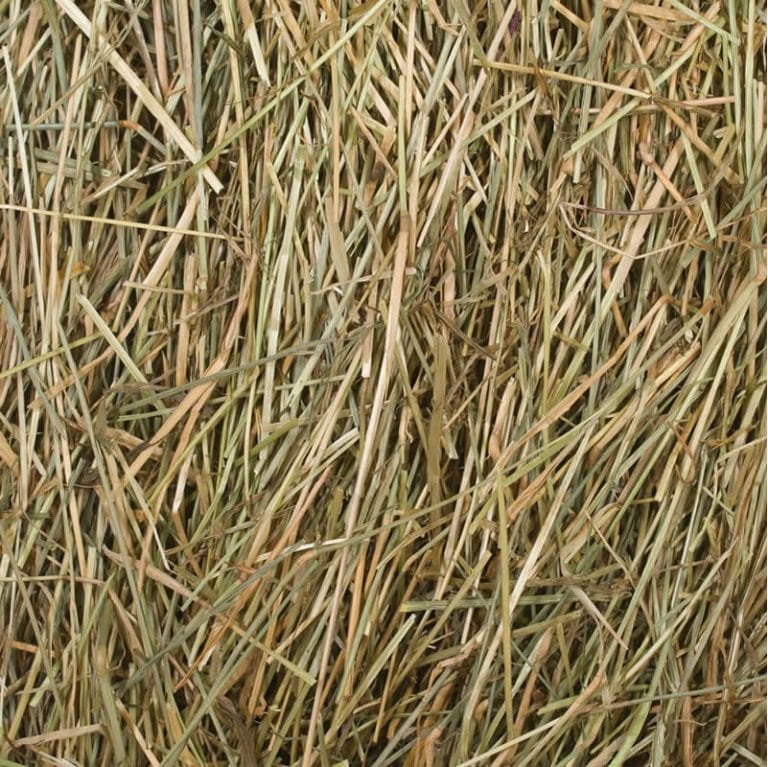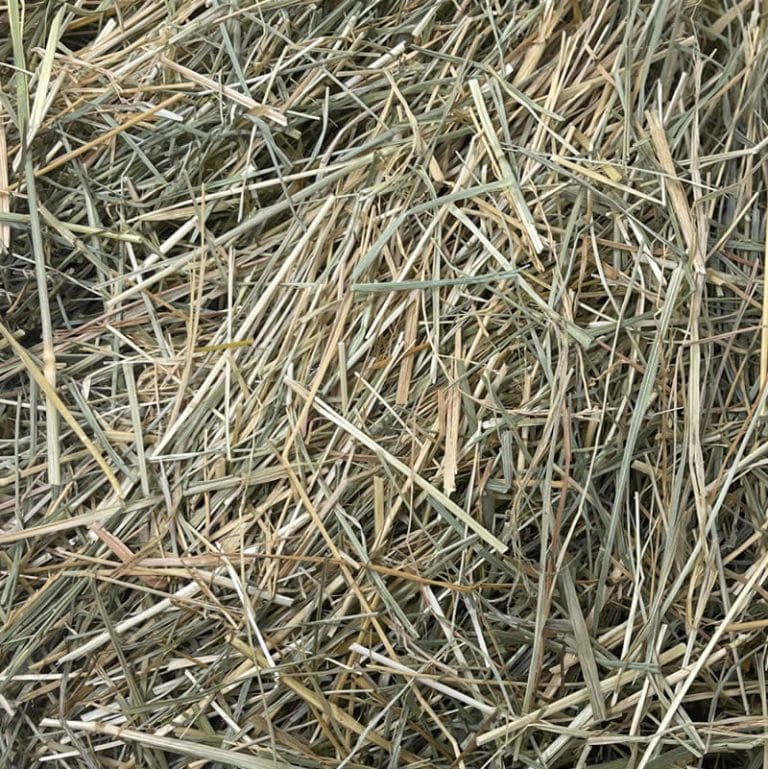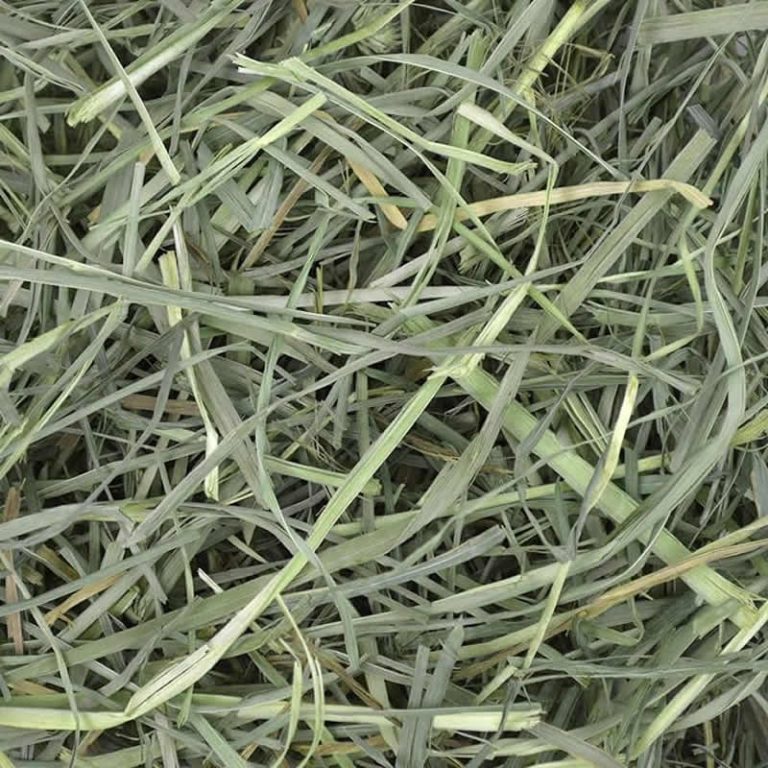Bermuda
(Cynodon dactylon)
Hay Grown the Right Way
Bermuda grass, also known as cynodon dactylon, is a warm-season grass. It is native to Africa and is widely cultivated in tropical and subtropical regions of the world, including the southern United States.
Bermuda grass has a fine to medium texture and is a light green to blue-green color. It is very drought-tolerant and can withstand high temperatures, making it a popular choice in areas with hot climates. It is also known for its ability to recover quickly from damage and for its aggressive growth habits, which can make it difficult to control.
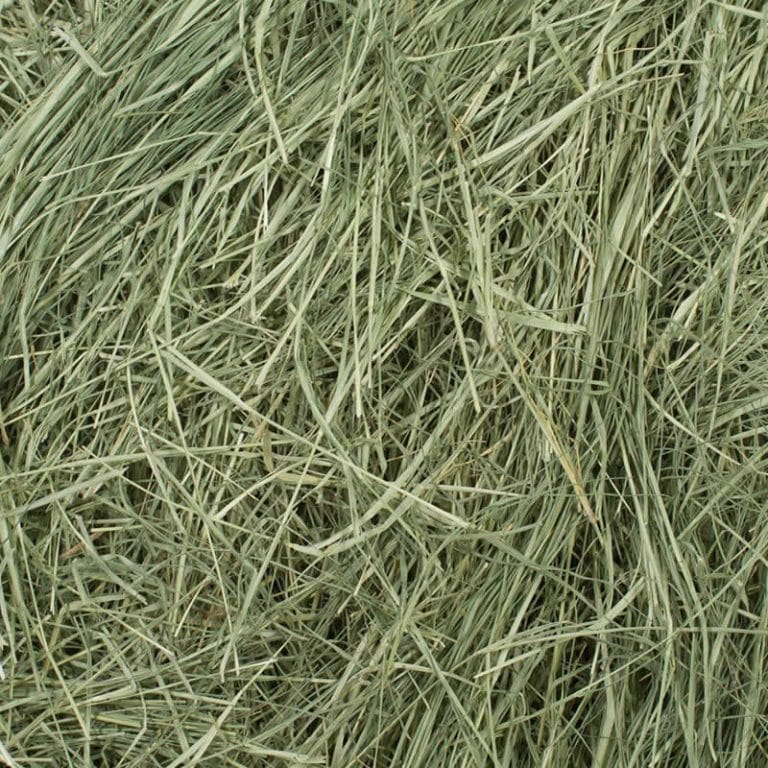
Growing Regions
Bermuda grass is grown in several regions across the United States. It is particularly prevalent in the southern states, including southern California, Texas, Georgia, Florida, New Mexico, Louisiana, Mississippi, and Arizona. These regions have hot summers and mild winters, which are ideal for the growth and establishment of Bermuda grass.
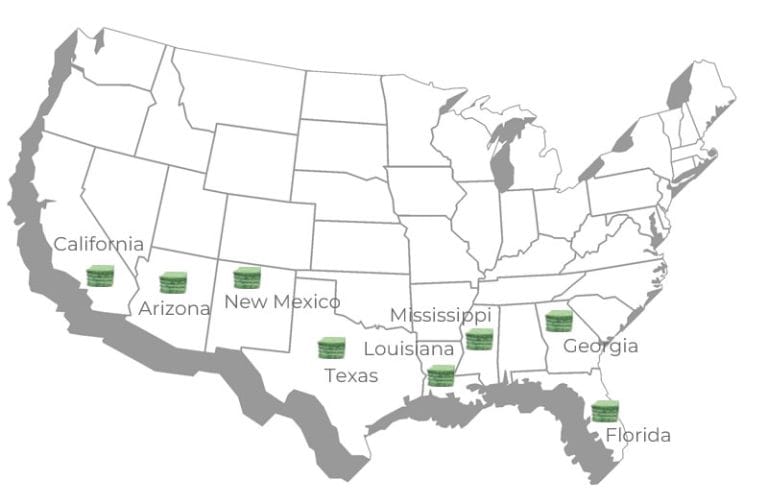
Detailed overview
Nutritional Value:
Bermuda grass has a moderate nutritional profile for grazing animals. It provides moderate levels of protein, energy, and fiber. The protein content can vary depending on factors such as stage of growth and management practices. Bermuda grass also contains various micronutrients that support animal health.
Warm-Season Grass:
Bermuda grass is classified as a warm-season grass, meaning it thrives in warmer temperatures. It experiences peak growth during the summer months when temperatures are high. In cooler months, it may go dormant and turn brown, but it quickly regains its green color as temperatures rise.
Heat and Drought Tolerance:
Bermuda grass is highly valued for its exceptional heat and drought tolerance. It can withstand extended periods of hot, dry weather and recover quickly after irrigation or rainfall. Its deep root system helps it access water stored deeper in the soil.
Low Maintenance:
Bermuda grass is relatively low-maintenance compared to some other grass species. It requires proper irrigation, and periodic fertilization to maintain its health and vigor. Its rapid growth and spreading nature help fill in bare spots and reduce weed invasion.

